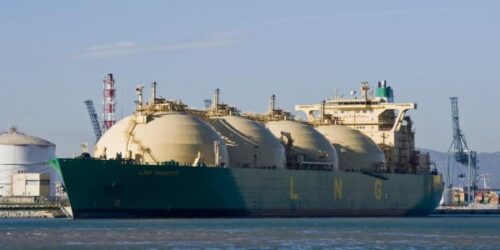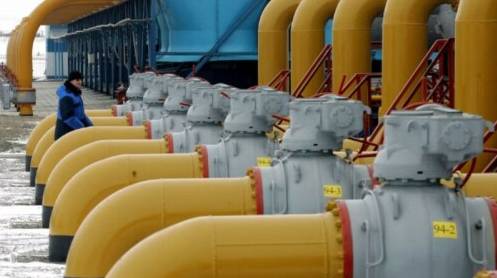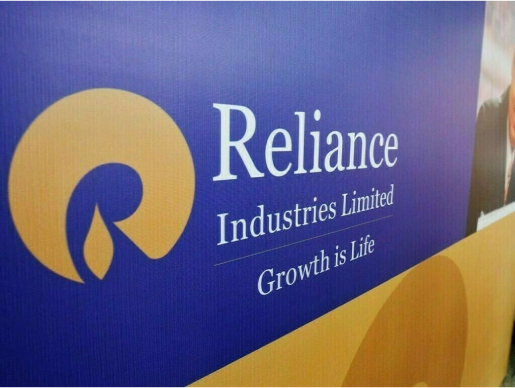South Korea’s energy ministry said April 27 that the country’s LNG demand is expected to rise 15.1% through 2034 on the back of higher LNG demand for bunkering and hydrogen fuel cell cars, as well as a government-led push to reduce power generation by coal and nuclear.
The country’s LNG demand is forecast to grow to 47.97 million mt in 2034, compared with this year’s estimated consumption of 41.69 million mt, the Ministry of Trade, Industry and Energy said in its Long-term Natural Gas Supply Plan.
LNG demand for power generation is projected to increase at an average pace of 0.33% a year to 20.88 million mt in 2034, from an estimated 20.01 million mt in 2021. Retail gas companies’ demand for households and businesses is forecast to grow at an average of 1.73% annually to 27.09 million mt in 2034, from 21.68 million in 2021, it said.
This means that South Korea’s total LNG consumption would grow at an annual average of 1.01% over the next 13 years, slowing from an average annual rate of 10.3% since the country was first introduced to LNG in 1987.
The long-term LNG demand forecast is bigger than previously thought. In its previous Long-term Natural Gas Supply Plan in 2018, the ministry had forecast the country’s LNG demand to grow by an average of 0.81% annually over the next 13 years.
“The country’s natural gas demand is forecast to maintain a solid increase driven by higher demand for LNG bunkering and hydrogen fuel cell cars, while the country is shifting away from coal and nuclear,” a ministry official said.
President Moon Jae-in, who took office in May 2017, has vowed to increase power generation by LNG to reduce the country’s heavy reliance on coal and nuclear, in an effort to address mounting public concerns over air pollution and nuclear safety.
In October 2020, President Moon declared that South Korea will achieve carbon neutrality by 2050 by replacing coal-fired power generation with renewable sources and internal combustion vehicle engines with hydrogen-powered and battery-based electric vehicles.
Under a long-term power supply plan made by President Moon, South Korea will permanently shut 30 ageing coal-fired power plants, or half of its 60 coal-fired power stations currently in operation, by 2034. Since taking office, Moon has shut 10 aged coal-fired power plants and two aged nuclear reactors permanently.
The total capacity of coal-fired power plants would be reduced to 29.0GW in 2034, from 35.8GW in 2020, 38.3GW in 2022 and 32.6GW in 2030.
On the contrary, South Korea will increase the capacity of LNG-based power plants to 59.1GW in 2034 from 41.3GW this year and 43.3GW in 2030.
“The country will prepare for a stable LNG supply as demand for the fuel can possibly be up to 52.53 million mt in 2034, in case of bigger demand for power production,” the ministry official said.
“As part of efforts to ensure a stable supply, South Korea will diversify LNG imports sources,” the MOTIE statement said.
About 80% of imported LNG come from five nations — Qatar, Australia, Oman, Malaysia and Indonesia.
“We will also increase investments in LNG projects overseas through which we can bring in volumes in equity stakes,” it said.
South Korea, the world’s No. 3 LNG importer, will also step up cooperation with other LNG importers on flexible contracts, volume swapping and facility sharing.
State-run Korea Gas Corp. will seek to reduce contracts linked to oil prices by expanding contracts on a gas-on-gas basis to avoid fluctuations in oil prices, it said.
The state utility will also seek mid-term contracts for five to 10 years, rather than rigid long-term contracts.
South Korea also plans to expand its storage capacity of natural gas to 18.4 million kiloliters, mostly tanks run by Kogas, up from the previous year’s 13.7 million kiloliters, as part of an effort to secure a stable supply, according to the ministry statement.
Kogas plans to build its fifth LNG storage terminal with a capacity of 2.28 million kiloliters by 2031. The utility plans to invest Won 5.6 trillion ($5 billion) in the terminal project and other measures to improve LNG infrastructure.
“It is important that we maintain a stable supply of natural gas as the resource serves as the bridge fuel in the era of carbon neutrality,” the ministry said.





